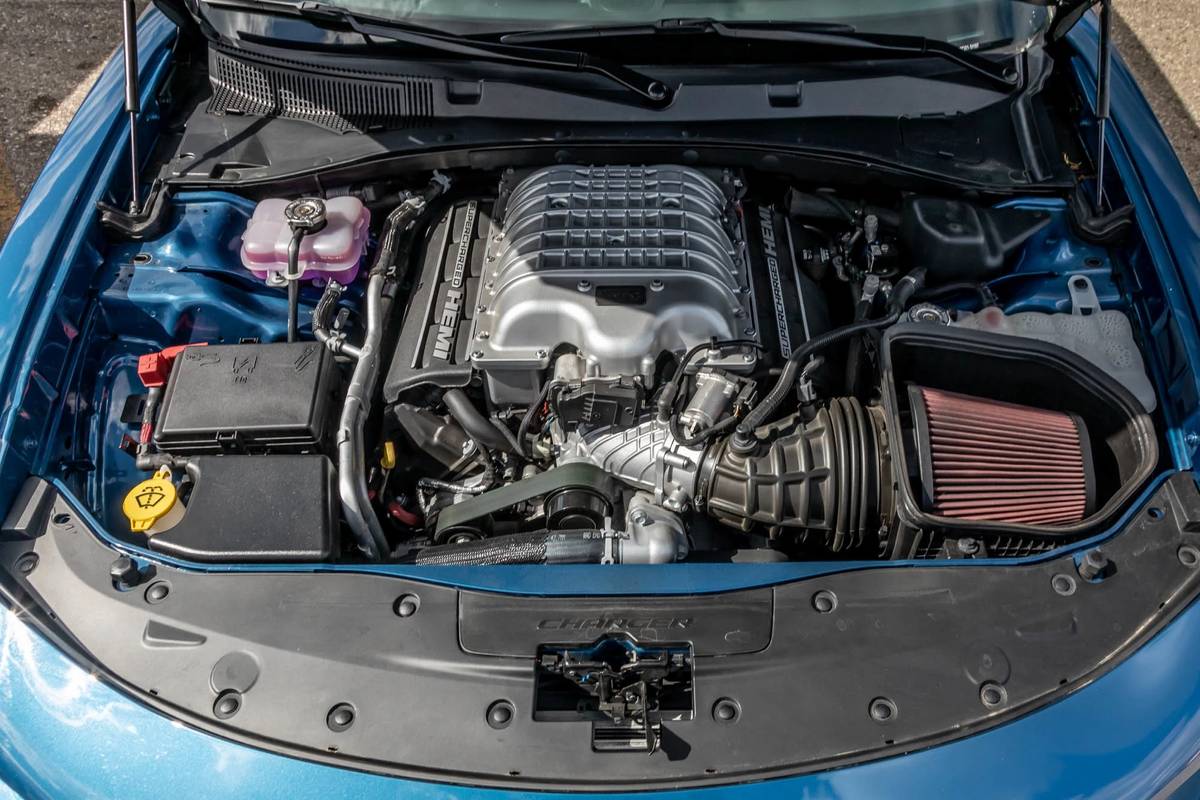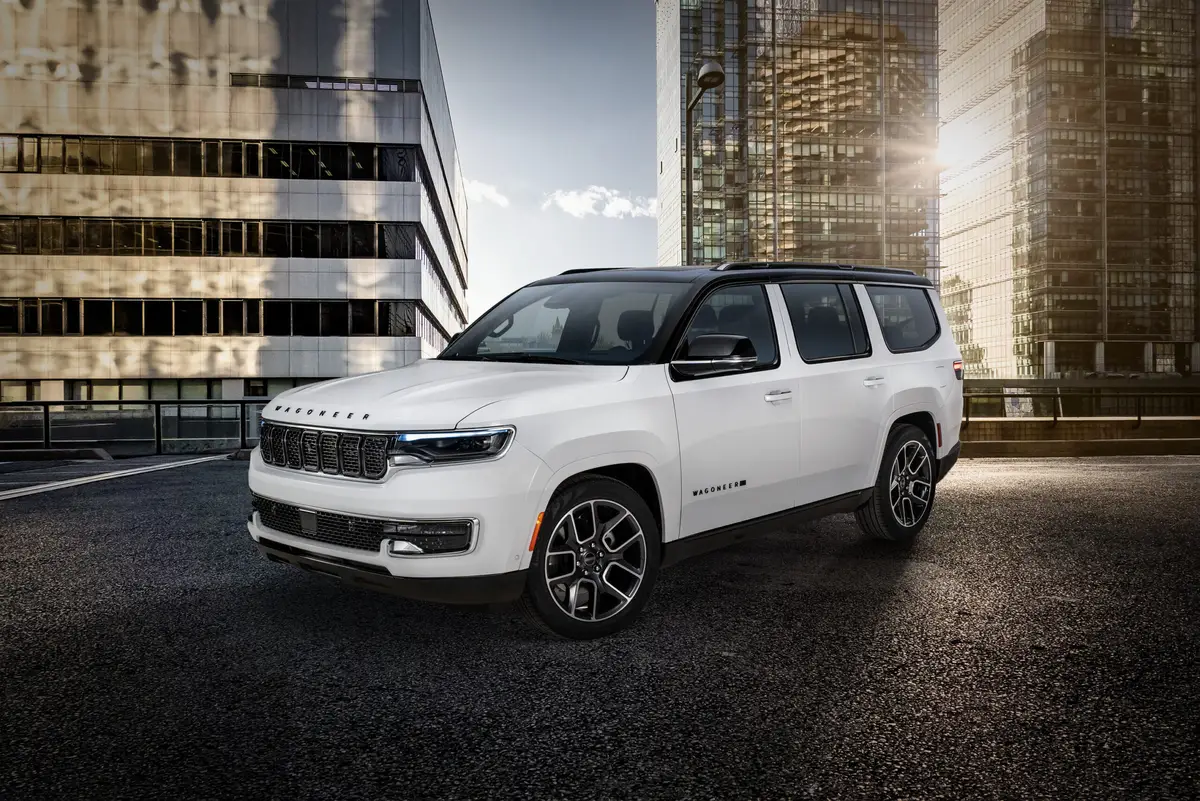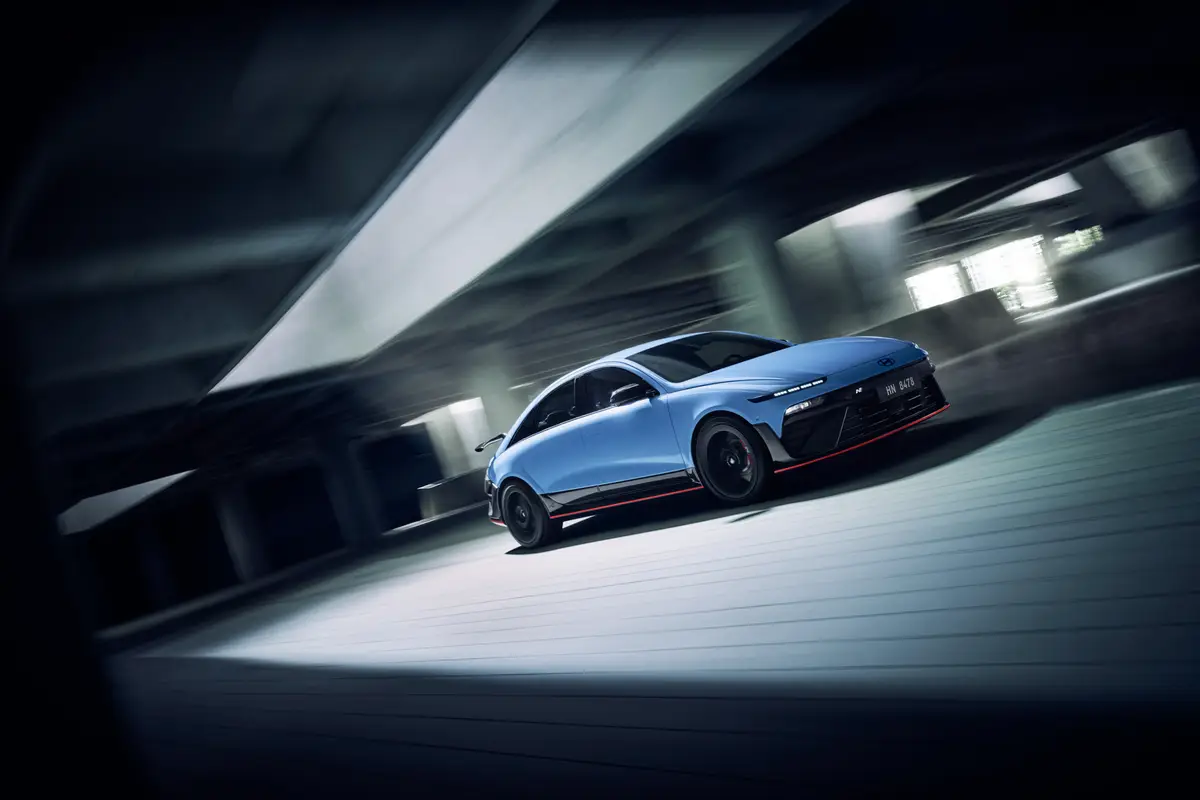chicagotribune.com's view
In 1994, Cadillac wheeled a concept car called the LSE onto the platform at the Detroit Auto Show.
The LSE was a thinly disguised version of a new entry-level midsize luxury sedan that was four months from production approval.
Cadillac officials pulled open the curtain and then sat back for the “oohs” and “aahs” to ring in their ears. Whatthey heard were grunts and groans. Observers dubbed the LSE the Cimarron II, a derisive reference to the model Cadillac introduced in the early ’80s that was nothing more than an $8,000 Chevrolet Cavalier with leather seats that sold for $12,000.
The LSE looked like a Chevy Lumina with a Pontiac Grand Am rear end. With thoughts of the Cimarron chicanery fresh in their minds, consumers weren’t about to be fooled again.
Undaunted, a month later, Cadillac brought the car to the Chicago Auto Show, where it expected–and got–a far different greeting than it got in the Motor City. The folks here got sick.
The sights and sounds of consumers becoming emotionally unglued or physically ill at the sight of the LSE was seen as a bad omen by Cadillac, which whisked the vehicle back to the design studios in Detroit.
“I was Cadillac zone manager at the time,” recalls David Nottoli. “I went to the auto show to stand by the display and listen in on people’s reaction to the LSE. I learned that we had to make changes, dramatic changes, significant changes–especially to the rear end.”
One quick change was to rename the car Catera to put some distance between it and the LSE. That done, the Pontiac Grand Am rear end was destroyed. Finishing touches included a revised grille, headlights, fog lights, bodyside moldings, door handles and wheel covers.
Nottoli’s anguish at having auto-show visitors pan his prize in 1994 has turned to anxiety for the who is now bar and manager for Catera. Nottoli as he awaits their word on the new rendition for ’97, a rather pleasant remake boasting a Seville front end for easy Cadillac recognition and a Dodge Intrepid rear end for a neat, clean, crisp look of luxury.
Intrepid? Well, if you’re going to steal a design, why not from Tom Gale, the styling guru for Chrysler and the auto industry?
Catera (Cat-hair-uh), which means nothing, is vital to Cadillac, which finds itself without anoffering in the midsize $30,000 entry-level luxury market at a time when that’s what consumers want.
Low price is in, high price is out. Small dimensions are in, gargantuan dimensions are out. And Cadillac deals mainly in high-priced gargantuans. Though Cadillac is mum, officials hint the midsize Catera will start at $30,000 to $32,000 to compete with the Lexus ES300, Infiniti I30, Acura TL and Mercedes-Benz C-Class sedans that consumers are buying in favor of larger $50,000 models.
“There’s a change in the luxury market to `rational indulgence’ rather than `conspicuous consumption,’ ” Nottoli said.
“We’re s eeing a dramatic shift from large to midsize entry-level models. By the year 2000, we estimate 50 percent of all luxury car sales will be entry levels so we need to get established in that market now,” Nottoli said.
Another reason for fast action is that Ford plans a baby Lincoln for the 1998 model year that will spawn a baby Jaguar for Ford’s European partner 1999.
We had the opportunity to test drive Catera in California several weeks ago though the car won’t go on sale until next fall as a 1997 model. Why the early media scrutiny?
“We wanted to get the public excited about the car so that maybe they would delay their luxury-car purchase decision until next fall,” Nottoli said.
Catera is vital not only to Cadillac, but also to GM because it will determine whether GM cars that began life in Europe will play in the U.S. Catera is a derivative of the Opel Omega built and sold in Europe. Saturn plans to build cars off Opel platforms and Buick plans a derivative from the Omega. A Catera success would make life easier for Saturn and Buick.
The immediate impression of the car is that it’s no Cimarron, which is a compliment. Cadillac learned from Cimarron that if you’re going to dress another model in luxury duds, start with a noble model, and the Opel Omega is one of GM’s classier Europeanofferings.
Cadillac wanted to build a totally new car without relying on an existing platform. Economics dictated, however, that Cadillac transform Omega into Catera. GM officials said it cost $200 million to convert Omega to Catera, but would have cost three times that for a new-from-the-ground-up car.
Catera is similar in size to a Pontiac Grand Prix and bigger than a BMW 325i. It holds four adults, but rather than the leather seats with their stiff backs and slender side bolsters, go for the softer cloth seats with wider side bolsters for more pleasant long-distance travel. (With cloth, however, you don’t get eight-way power/heated seats.) Catera is sensibly sized without the bulk that makes trying to slip into the parking space a chore.
The luxury four-door sedan is powered by a 3-liter, 200-horsepower, V-6 engine, the only non V-8, and, more important, the only non-North Star engine in the Cadillac lineup. Catera, as we said, started life as an Omega to speed the vehicle to market once consumers began turning to smaller, less expensive luxury cars. So, there’s no North Star engine, though officials say a smaller version of one could be introduced as an option before switching to the second generation Catera reportedly in 2002.
The electronic 4-speed automatic transmission (a 5-speed is under development) has a memory to adapt shift patterns to each driver’s economy or performance driving habits.
The 24-valve V-6 is smooth and quiet, but the estimated mileage rating of 17 miles per gallon city/26 m.p.g. highway is disappointing. Because the Omega platform was used, Cadillac had to accept 400 pounds more in weight than if Catera had started with a clean sheet of paper. Cadillac officials vow a 400-pound weight loss–and a North Star engine–is on the agenda for the next generation Catera.
It’s not that you feel 400 extra pounds in the wheel–you don’t. The suspension and steering makes for a rather nimble car, but the V-6 would consume less fuel without the poundage.
One of Cadillac’s concerns is that Catera is a rear-wheel-drive model when the automaker has been eliminating rear-wheel cars from its lineup. The Fleetwood, for example, is the last RWD car in Cadillac’s stable and it gets dropped after the 1996 model year, just before Catera arrives.
Officials offer a variety of reasons to justify rear-wheel-drive–weight distribution and the fact that folks in Orlando don’t need it, but what it comes down to is that Omega is RWD so Catera had to be.
With anti-lock brakes, traction control, self-leveling re ar suspension, anti-roll bars and 16-inch all-season tires, Catera holds the road very well without float, lean or swaying. No traditional Cadillac sponginess or squirming on the road. You sit flat. Steering is precise.
Catera goodies include daytime running lamps, a deck lid with a 90-degree opening; easy-to-see and use controls in the dash including fuel filler door and trunk lid release buttons; a key fob with door lock/unlock, deck lid unlock and fuel filler door release controls, needed because the only exterior lock on the car is on the driver’s door; and an air-conditioning duct servicing the glove compartment so you can store candy without melting or pop without turning luke warm on trips.
Also, the spare-tire jack is hidden in the trunk’s sidewall; rear seat backs fold down to open a passthrough to the trunk for longer cargo, and the front passenger seat back folds flat–in cloth, not leather–for more interior storage; and dual cupholders are in thec enter console.
Power sunroof, heated seats (leather only) and a Bose sound system are optional. Catera is offered in one version, but low-end and high-end versions are planned. Once a North Star is added, there may be luxury and sports versions, too.
What Catera doesn’t have is a hood ornament. And no in-dash compact disc player until 1998. Omega comes in a wagon version but none is planned for Catera.
In the spring of 1997 Catera will begin offering seat-mounted side-impact air bags. Initially, the side bags will cost extra so motorists won’t delay buying a Catera until midyear when the bags arrive. Eventually they’ll be standard.
>> 1997 Cadillac Catera Wheelbase: 107.4 inches Length: 193.8 inches Engine: 3-liter, 200-h.p., 24-valve, dual overhead cam V-6 Transmission: 4-speed automatic EPA mileage: 17 m.p.g. city/26 m.p.g. highway (estimated) Base price: Not available ($30,000-$32,000 estimated) Price as tested: Not available and neither is the car until next fall. Pluses: Dual air bags, ABS, traction control and daytime running lights standard. Full list of standard features roughly the size of a suburban phone directory. Sensible dimensions. Spacious interior. Design far more stylish than on concept car on 1994 auto show circuit that looked like a Chevy. Rear seat backs fold to handle skis. And front passenger seat back folds down flat for added cargo room. Very good road holding. Only exterior lock on car on driver’s door as key fob buttons control doors, trunk lid and even fuel filler door. Not a Cimarron. Minuses: Will Cadillac loyalists be won over by a “small” Cadillac–and a rear wheel drive model at that? If you lock your keys with fob controls in the car, you can still open the trunk by pulling a cord in the roof of the trunk. And how do you get to the cord?You open the rear door and . . . hmmmm. Rear legroom tight. Seat backs stiff when you order leather. Side-impact air bags not offered until mid-1997, reason for some to hold off buying until mid-1997. A tad heavy. >>
Latest news



